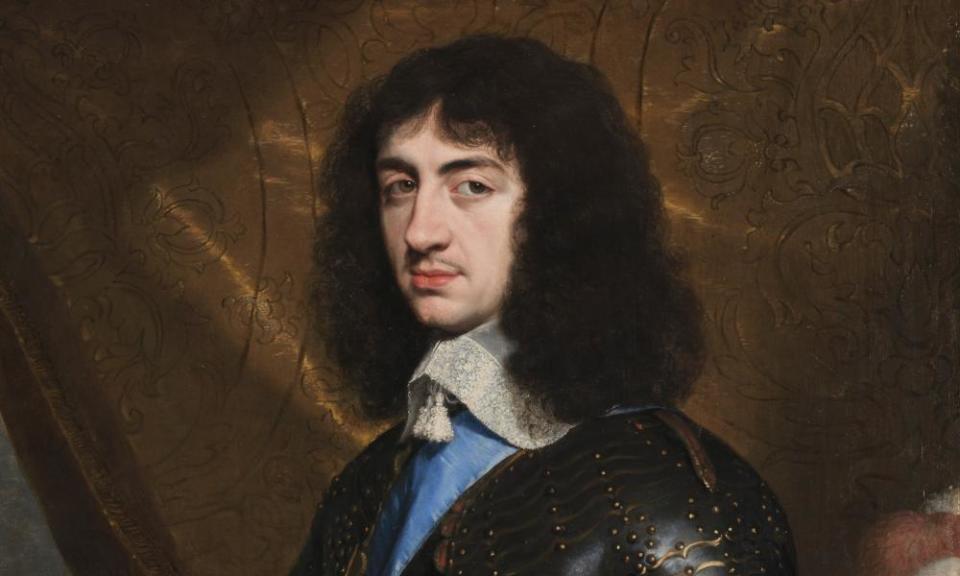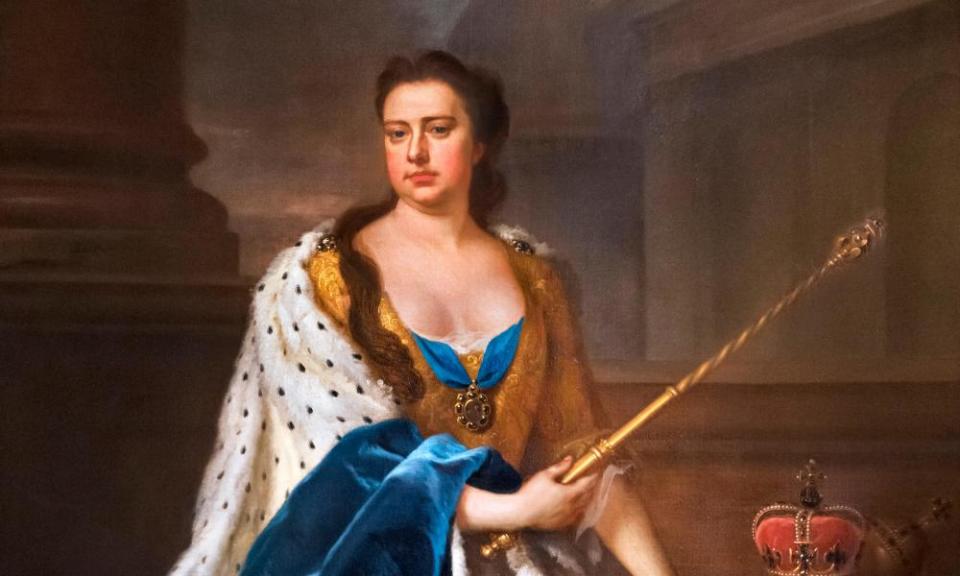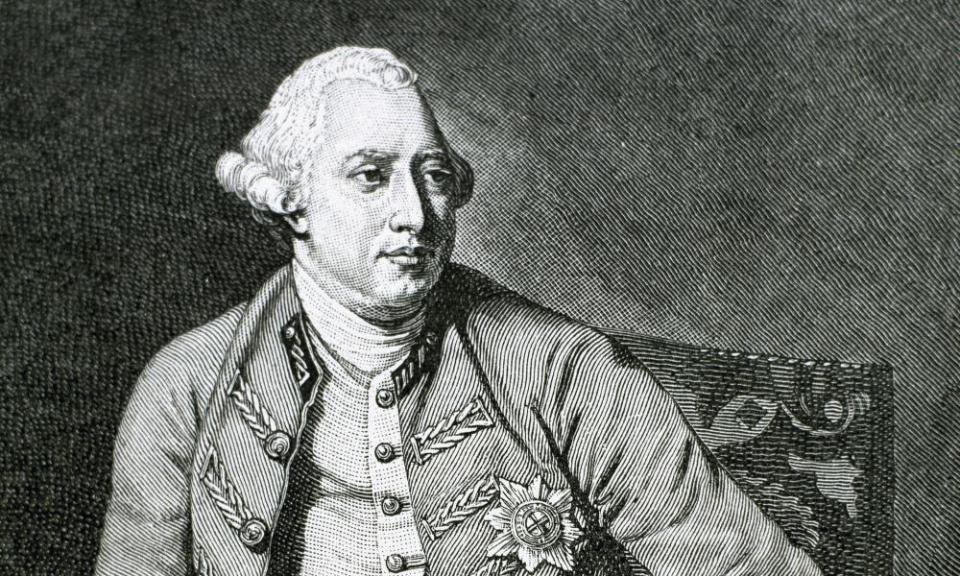The British kings and queens who supported and profited from slavery
King Charles III and Prince William have expressed “profound sorrow” at the atrocities of slavery, but neither has publicly accepted the crown’s central role in the trade. Over a period of 270 years, 12 British monarchs sponsored, supported or profited from Britain’s involvement in slavery, according to historians.
Elizabeth I (reigned 1558-1603)
The Tudor queen gave a large royal ship to the slave trader John Hawkins in 1564 in exchange for a share in the profits of the voyage. On the trip, Hawkins captured many African people and seized 600 more from Portuguese ships, according to Nick Hazlewood in his book The Queen’s Slave Trader.
James I (1603-1625)
The first Stuart king granted royal-connected merchants a monopoly on trade with Africa. They formed the Guinea Company, which provided enslaved people for English-owned tobacco plantations in Virginia, America, according to Peter Fryer’s book Staying Power.
Charles I (1625-1649)
The king granted a monopoly licence to the reconstituted Guinea Company in 1632 to transport enslaved people. English colonies were established where the economies were based on the exploitation of enslaved people’s labour, beginning with Barbados, “the first black slave society”, in 1636.

Charles II (1660-1685)
The first king after the monarchy was restored, following England’s brief period as a republic, in effect made the slave trade a state-sponsored enterprise. He invested in a slave-trading business, the Company of Royal Adventurers of England Trading into Africa, and gave it a royal charter.
When the company was dissolved in 1672, the king moved his patronage to the Royal African Company. This company would transport more enslaved people from Africa to the Americas than any other single organisation in the history of the transatlantic trade.
James II (1685-1688)
James was governor of the Royal African Company and was awarded 500 guineas for his “extraordinary services” in 1677.
As king he was the company’s largest shareholder until he sold the shares after he was deposed in the “Glorious Revolution” of 1688. According to the historian KG Davies in his book The Royal African Company, James made £6,210 from his investment – equivalent to £1m today, according to the most conservative estimate.
Cost of the crown is an investigation into royal wealth and finances. The series, published ahead of the coronation of King Charles III, is seeking to overcome centuries of secrecy to better understand how the royal family is funded, the extent to which individual members have profited from their public roles, and the dubious origins of some of their wealth. The Guardian believes it is in the public interest to clarify what can legitimately be called private wealth, what belongs to the British people, and what, as so often is the case, straddles the two.
• Read more about the investigation
William III (1689-1702) and Mary II (1689-1694)
The Dutch prince William of Orange, a protestant, supplanted James II, who was Catholic, in the “Glorious Revolution”. In January 1689, William accepted a free transfer of £1,000 of shares (equivalent to £163,000 today) in the Royal African Company from its deputy governor, the now notorious Edward Colston. The historian Dr Brooke Newman, of Virginia Commonwealth University, has found that William III and Mary II made further wealth from the shares, as England’s profits from slavery expanded.

Queen Anne (1702-1714)
Queen Anne is remembered for the union of England and Scotland in 1707, which formed the United Kingdom of Great Britain. She also dramatically expanded the nation’s slave-trading activities by securing from Spain in 1713 the Asiento de negros, a monopoly right to supply enslaved African people to Spain’s colonies in South America. This contract was fulfilled by the South Sea Company.
George I (1714-1727)
George I was governor of the South Sea Company and held a substantial shareholding.
Histories of the company overwhelmingly dwell on the “South Sea bubble” – the 1720 rise and the collapse of the company’s share price. Few focus on the nature of its business – the Asiento contract to supply 4,800 adult, healthy males to Latin America annually.
John Carswell, in his book The South Sea Bubble, calculated that despite the collapse in shares, the king made a large profit from his investment.
George II (1727-1760)
George II was also a governor and shareholder of the South Sea Company. According to the Slave Voyages database, which has collated records of the transatlantic trafficking of enslaved people, the company took 41,923 African captives on its ships between 1714 and 1740. More than 7,000 people died on the voyages.

George III (1760-1820)
An essay George III wrote as a teenager, arguing that slavery had no moral basis, has been cited by some as evidence that the future king was opposed to it. But he supported the continuation of the slave trade and slavery, and opposed the abolition movement behind the scenes, according to research by the historian Brooke Newman for her forthcoming book, The Queen’s Silence.
George IV (1820-1830)
George IV’s lack of support for the growing movement to abolish slavery also helped to delay emancipation for years. His reign was marked by ruthless suppression of uprisings by enslaved people in the Caribbean.
These included the response in Demerara, Guyana, in 1823. According to Michael Taylor, in his book The Interest, British authorities reacted with a massacre, on-the-spot executions, and sentences of whipping. Ten enslaved people who rebelled were hanged then decapitated, and their heads were displayed on spikes.
William IV (1830-1837)
William IV was king at the time slavery was abolished in 1833, but he had always opposed abolition.
Before becoming king, he held the title Duke of Clarence and spent time in the Caribbean, where he befriended plantation owners and boasted of contracting a sexual disease. He devoted speeches in the Lords to defending slavery, arguing that it was vital to prosperity, and he argued that enslaved people were “comparatively in a state of humble happiness”.
Clarence House, today’s home of King Charles III and Camilla, the Queen Consort, was built for William IV in the late 1820s.

 Yahoo News
Yahoo News 
